Tips for Lightening up a solid wood panel wall?
Related Discussions
Should I paint or stain my oak kitchen cabinets?
I was wondering if you could help me with something -- I have an entirely oak kitchen. I know it's the rage now to paint or gel stain cabinets. I've been considering ... See more
How to paint a metal front door?
How do I paint my front door? It's metal.
How to paint grout?
How do I paint grout to change the color? The grout is in great shape, but the color - meh.
How to whitewash a brick fireplace?
What is the best method to whitewash bricks surrounding a fireplace?
Am I the only one?
I don't want to sound like a total "hater", but am I the only one who doesn't like distressed furniture? I see so many beautiful pieces of furniture that would look o... See more
Can I paint my popcorn ceiling?
I have been painting my walls and notice that my ceiling looks yellowish. Can I paint this ceiling as well? I'm up for any ideas
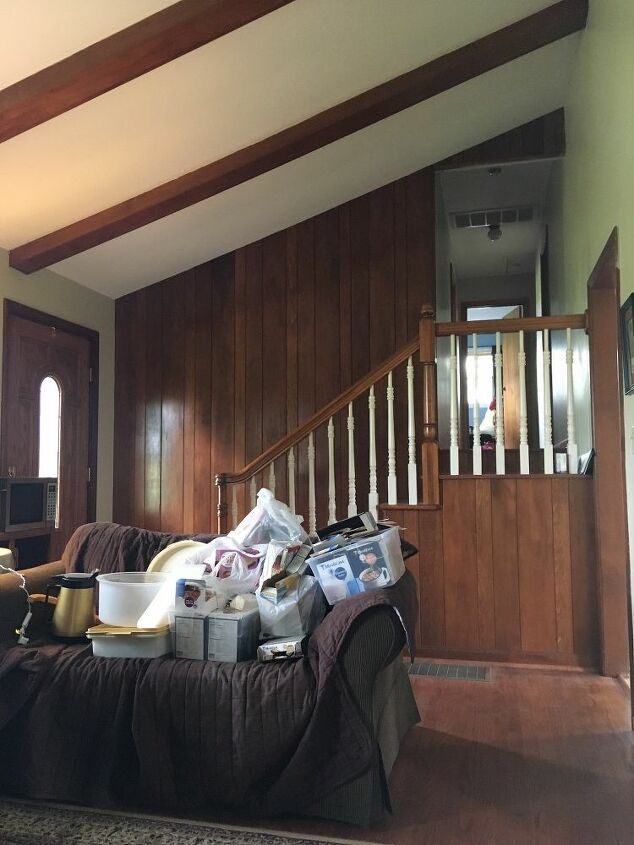

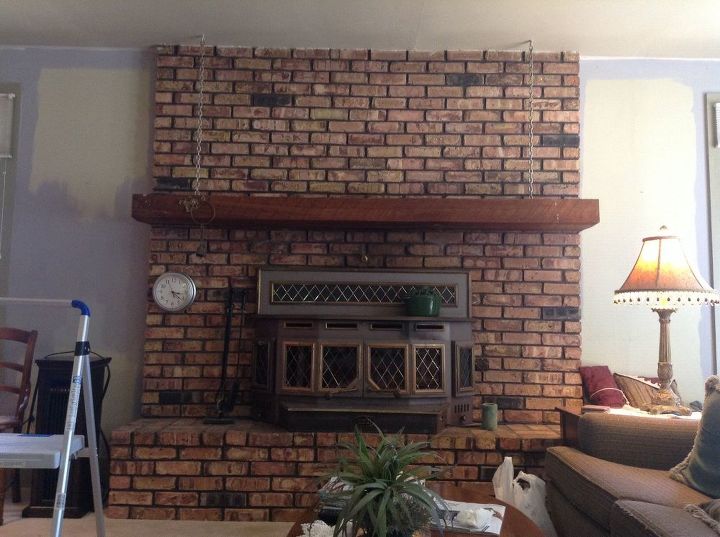
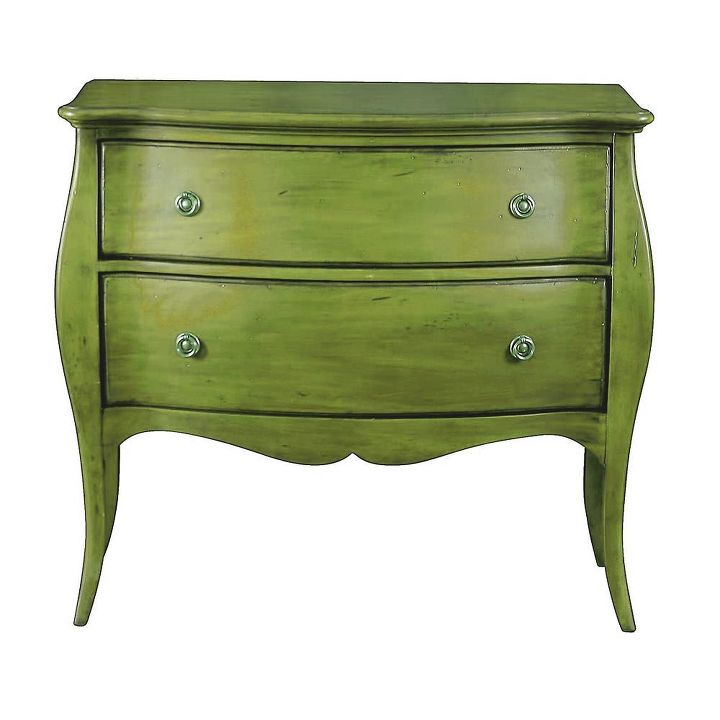
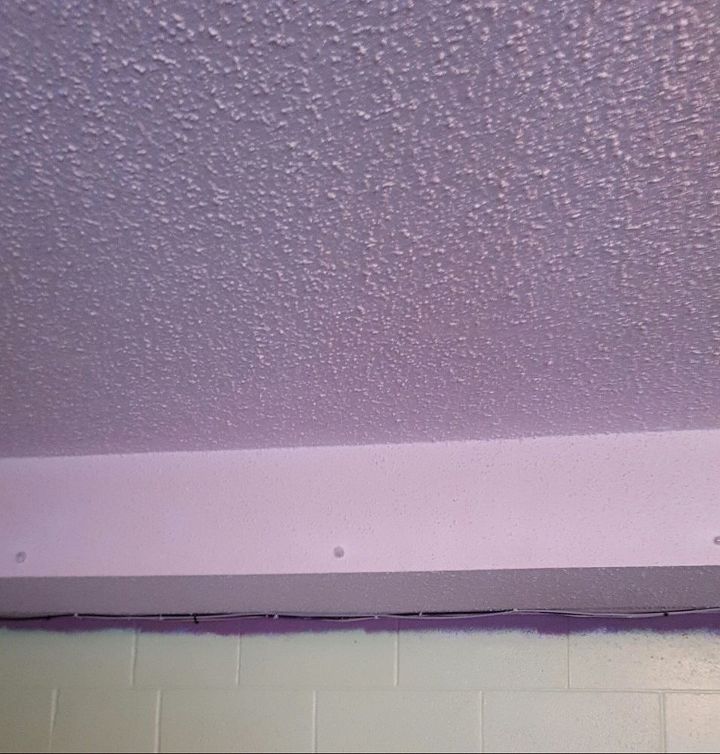
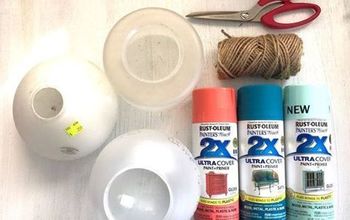
Add lots of white!
you can sand, prime and paint it a light color.
You could use a pickling stain which is applied then wiped off. Repeated wiping lets more and more of the original color and wood grain show through. It's similar to paint, though, so I'm thinking your hubby won't like that either.
The only other option is a wood bleach. Oxalic acid is often labelled as wood bleach, but is too mild for significant lightening. A two-part bleach is what professionals use, but the process is neither easy or quick. And don't forget you will need to bleach the beams on the ceiling, too. If this option is also vetoed I'd say your husband likes the paneling as it is, and you should go with Nancy's suggestion to use white furnishings against the walls.
Things You Will Need
Steps
Paneling won't bleach like regular wood. Painting is the only option. The pickling effect like Mindshift mentions is similar to painting. Like a whitewash.
It’s an app for doing interior design boards but I use it like photoshop from time to time. It’s called Morpholio for iPad and it’s free.